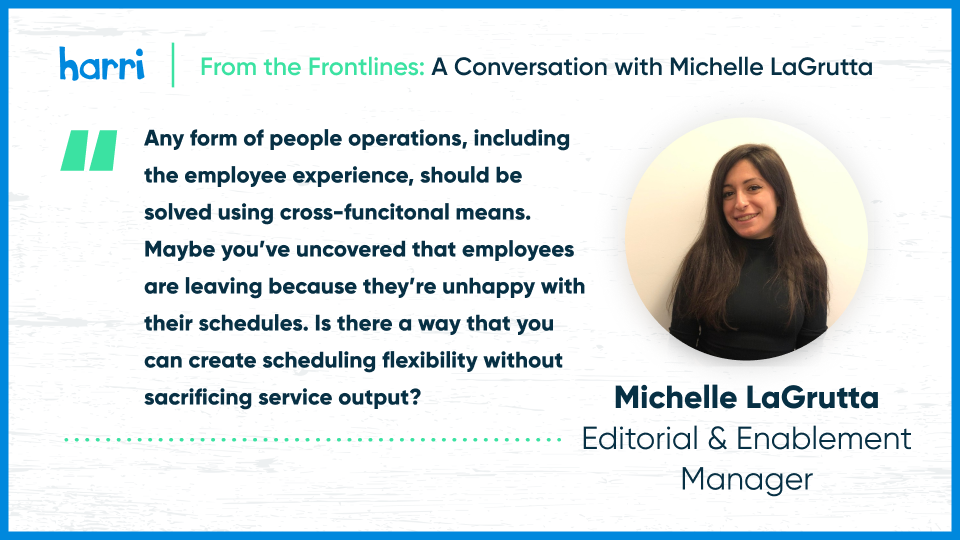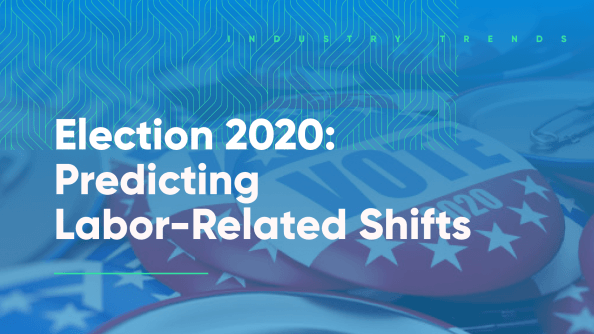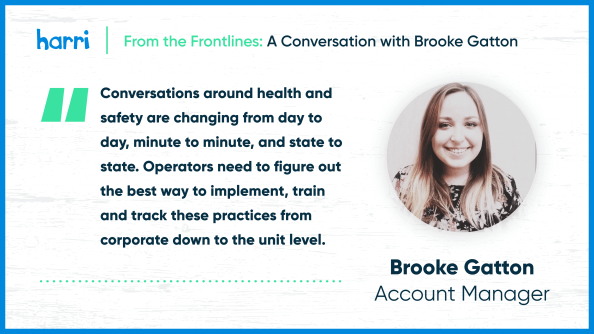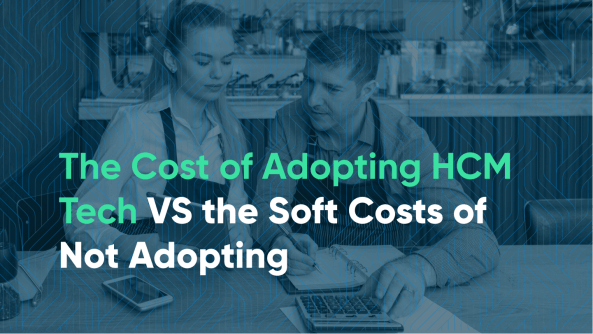From the Frontlines: A Conversation with Michelle LaGrutta on Fighting Employee Experience Costs

- By Harri Insider Team | June 15, 2021
Welcome back to From the Frontlines! In this series, Harri highlights members of our team who are up to big things and have inside insights into the hospitality industry. This week we met with Michelle LaGrutta, Editorial & Enablement Manager here at Harri, to discuss tech-driven solutions to the financial implications of hospitality’s labor shortage and where the employee experience fits in.
Hey Michelle, thanks for joining us today! What are some of the ways that the ongoing labor shortage is shaping the hospitality industry?
Thanks for having me, excited to be here! It’s no secret that the labor shortage is ramping up hospitality’s race for talent. Brands are getting highly competitive with their employee experience initiatives in an attempt to discourage turnover, which is great. Higher pay and tuition reimbursement are some popular moves gaining popularity.
But we’re also seeing an increasing number of brands raise menu prices citing a need to cover higher labor costs as a result of these initiatives. That makes sense, after all the money has to come from somewhere. However, operators can get creative in finding ways to fill those cost gaps to either make smaller menu price increases or avoid them altogether. Identifying process inefficiencies, for example, is a great way to start.
Great point, how can those operators start identifying these inefficiencies?
Cross-functionality is key. A silver lining of the labor shortage is that it’s forcing different departments to work together to identify what can be improved internally. HR and Operations, for example, will always be separate, but more and more brands are overlapping the two areas. A natural side effect of that overlap will be the creation of efficient internal processes that are also catered towards the employee experience.
Maybe you’ve uncovered that employees are leaving because they’re unhappy with their schedules. Is there a way that you can create scheduling flexibility without sacrificing service output? Any form of people operations, including the employee experience, should be solved using cross-functional means.
HCM processes definitely do overlap. Are there tools that an operator can use to improve the employee experience at the process level?
Yes! This is how all-in-one HCM platforms like Harri can help. There’s plenty of areas of workforce management that are felt throughout the entire organization, but you need to connect those dots first. The most relevant examples to the hospitality industry today include labor-efficient scheduling, compliance software to reduce the risk of labor-related lawsuits, or even smarter talent acquisition solutions for faster hires that are less likely to turn over. Fully integrated technology creates a lot of great opportunities to cut operational costs and automate processes in a way that can’t be done with disparate systems.
So if you use an intelligent scheduling tool to reduce Fair Workweek compliance costs related to employee scheduling premiums, maybe you can use those savings to offset menu price increases. But the benefits don’t end there — that same scheduling platform will maximize your labor supply by helping you allocate the right people at the right time. And because compliance with employee-focused laws like Fair Workweek tends to drive team retention, you’re also indirectly improving the employee experience. Three birds with one stone!




















